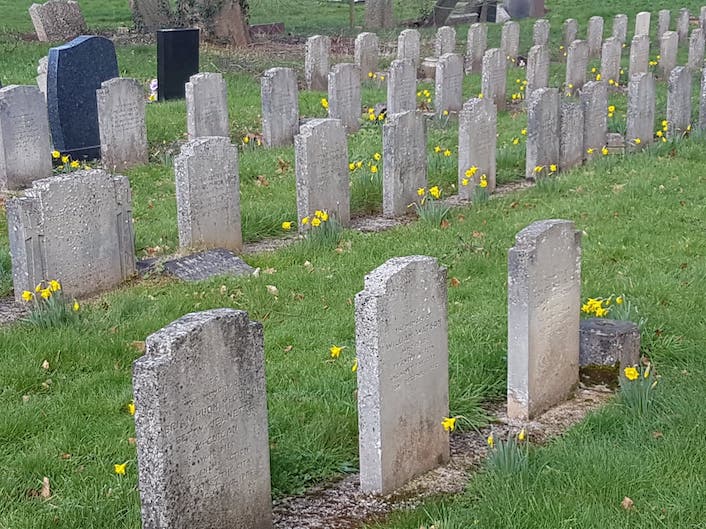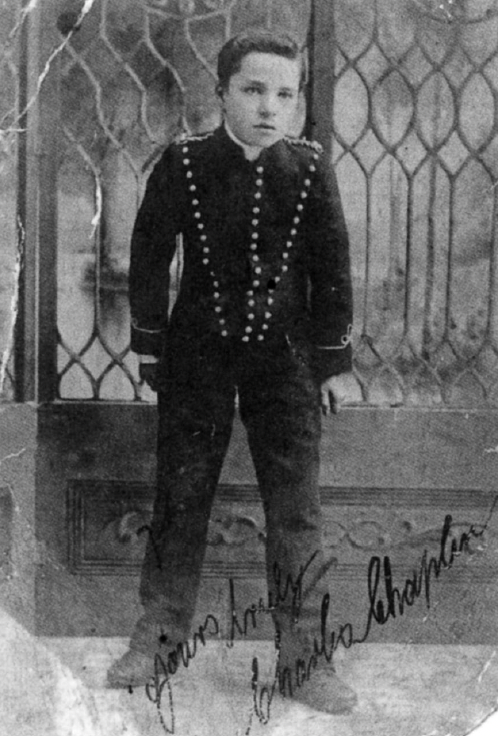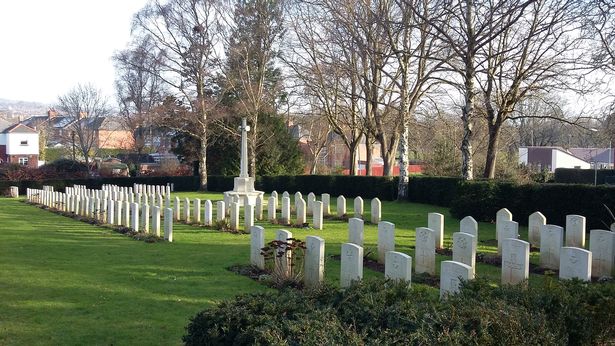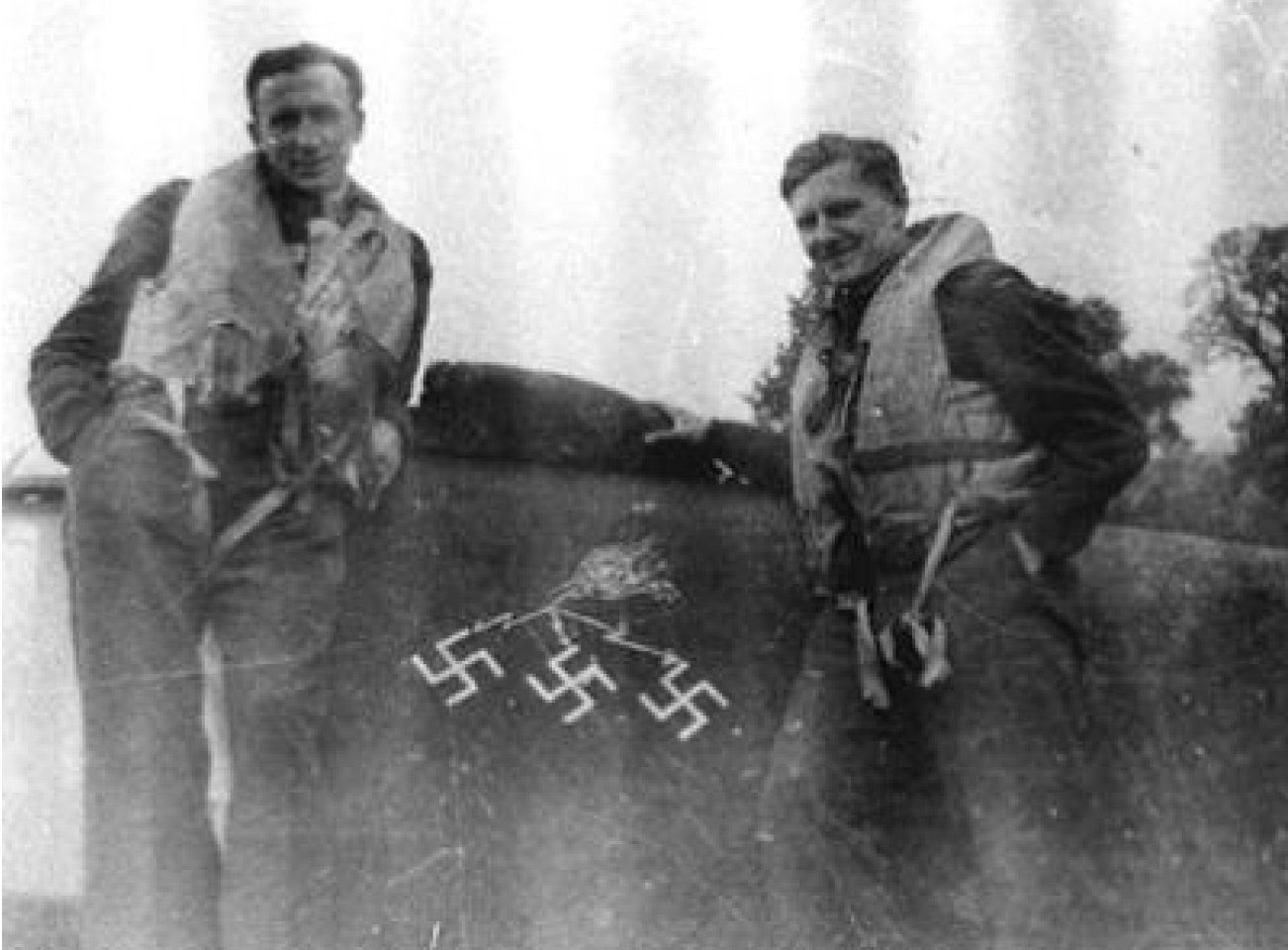Stories from the Exeter Blitz of 1942
As mentioned in my post Family Memories of the Exeter Blitz of 1942, I was fortunate enough to attend an event on 8 May 2022 organised by the Friends of Higher Cemetery to mark the 80th anniversary of the mass burial of civilians killed in the Exeter Blitz of 4 May 1942.
282 people were officially recorded as having been killed as a result of air raids on Exeter during the Second World War - the oldest victim was 91 years and the youngest just seven days.
At the event, the Friends of Higher Cemetery told the stories of some of those killed, and they have kindly allowed me to share some of those stories here:
Samuel Richard Wotton and William Hawkins
Samuel Richard Wotton was born in Exeter on 11 October 1873. In 1942, aged 69, he had volunteered to be a fire guard.
During the early hours of 4 May 1942, Samuel was on duty near the Tepid Baths with 15-year-old William Hawkins. William was an evacuee from London and had also volunteered to be a fire guard.
Samuel and William were together in the city centre when a bomb fell nearby. Samuel escaped but realised that William was not with him. He returned to rescue him, but both were killed in Kings Alley.
Samuel was buried in Higher Cemetery on 8 May and William Hawkins four days later. William was exhumed on 9 December 1942 and reburied at Streatham Park Cemetery back home in London.

Exeter Blitz civilians graves Higher Cemetery, Exeter
Margaret, Kate, Charles and Emily Vanstone
Monk’s Road was badly damaged on 4 May 1942, probably because of its proximity to the railway - one of the targets for enemy bombers.
The Vanstone family lived at 159 Monk's Road, but on 4 May, they were next door at 161 Monk’s Road, sheltering from the bombs with their neighbours, the Taylor family. In total, eight people were killed in that house, including 16-year-old Emily, her parents, Kate aged 35 and Charles aged 40, and Charles’ mother Margaret aged 80.
21 people were killed in Monk's Road that night.
Francis Clive Ross
Francis Clive Ross lived in Feltham with his wife Phyllis and their four children.
Francis was an actor and touring theatrical manager. Under his management, 13-year-old Charlie Chaplin made one of his earliest stage appearances as a page boy in Sherlock Holmes.

The young Charlie Chaplin
Francis appeared in many productions, including Julius Caesar, Outward Bound, The Sport of Kings and The Dominant Sex.
He joined the Entertainments National Service Association (ENSA) in 1940. He was on tour in Exeter when he was killed at 2 Mowbray Avenue on 4 May 1942. On the day of his funeral at the Higher Cemetery, the flag of the Theatre Royal, Drury Lane (the headquarters of ENSA) was flown at half-mast.
Second World War Graves section of Higher Cemetery
The Second World War Graves section of Higher Cemetery contains 30 German graves. These include two members of the German army, one of the German Navy, and 27 of the German Luftwaffe, seven of whose airmen were killed during the Exeter Blitz.
There are also 31 Polish graves, including 19 from the Polish 307 Squadron.

Second World War graves Higher Cemetery, Exeter
Bernhard Leyser, Wilhelm Pfeiff, Ernst Keil and Adolf Koepl
One of the crews of the forty Junkers-88 bombers attacking Exeter on 4 May 1942 was Sergeant Bernhard Leyser from Dresden aged 23, Wilhelm Pfeiff from Frankfurt aged 22, Ernst Keil from Nuremberg aged 23, and Adolf Koepl.
The crew were members of Kampfgeschwader 30, a bombing unit based at Bretigny, France.
In one of the first Junkers-88 bombers to reach Exeter, they flew up the Exe Estuary, using it as a landmark.
They were hit by fire from a Beaufighter from Polish 307 Squadron, and the left engine of the bomber burst into flames. The pilot lost control of the aircraft a few miles from Exeter and crashed on what was the cricket pitch at Topsham Barracks.
Incendiaries and flares the bomber had been carrying caught fire and exploded as the plane hit the ground. One of the first fires of the night was not a bomb being dropped but a German bomber falling out of the sky.
Bernhard Leyser, Wilhelm Pfeiff and Ernst Keil were killed and buried in Higher Cemetery. The body of Adolf Koepl was never found.

Junkers 88 bomber
Zbyszko Lissowski and Wladyslaw Illaszewicz
Exeter’s only defence during the early hours of 4 May 1942 was the Polish 307 Squadron based at RAF Exeter (pictured at the top of this post).
Four Beaufighters were sent up to defend against forty attacking Junkers-88 bombers. One of the four crews included Zbyszko Lissowski, who was born on 9 October 1920 in Poznan in western Poland. He was a navigator and flew with pilot Wladyslaw Illaszewicz.

Zbyszko Lissowski
Zbyszko Lissowski detected on his radar a Junkers-88 bomber heading towards the city. The pilot closed in on it and fired the Beaufighter's guns. They hit the bomber containing the crew of Bernhard Leyser, Wilhelm Pfeiff, Ernst Keil and Adolf Koepl.
During the raid that lasted 90 minutes, the four crews of the Polish 307 Squadron shot down four of the forty Junkers-88 bombers before these planes could drop their bombs on the city below.
The Polish crews all managed to return safely to base.

Zbyszko Lissowski and Wladyslaw Illaszewicz
Zbyszko Lissowski and Wladyslaw Illaszewicz were awarded the British Distinguished Flying Cross and the Virtuti Militari (the Polish equivalent of the Victoria Cross) for their action on 4 May 1942.
Two and a half months later, they were patrolling the English Channel and were 15 miles south-east of Dartmouth when their port engine failed. The pilot, Wladyslaw Illaszewicz, reported this on the radio and said he was returning to base. A few minutes later, he said 'emergency landing', and then nothing was heard.
The pilot's body was never found, but Zbyszko Lissowski’s body was recovered and buried at Higher Cemetery on 22 July 1942 - close to his comrades and that of the German airmen.
Many thanks to the Friends of Higher Cemetery, Exeter, for allowing me to reproduce their work and share the above stores.

